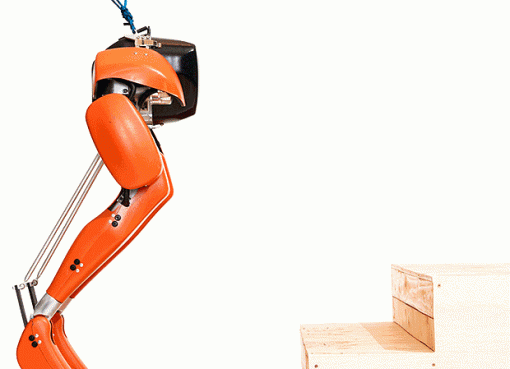Nasa and the Defense Advanced Research Projects Agency (DARPA) have announced a collaborative project to test a nuclear thermal rocket engine in space.
The two space organisations will partner on the Demonstration Rocket for Agile Cislunar Operations, or DRACO, programme, designed to benefit both agencies and outline roles, responsibilities, and processes aimed at speeding up development efforts.
The project is intended to develop a pioneering propulsion system for space travel far different from the chemical systems prevalent since the dawn of modern rocketry.
“With the help of this new technology, astronauts could journey to and from deep space faster than ever – a major capability to prepare for crewed missions to Mars,” said Nasa administrator Bill Nelson. “Congratulations to both Nasa and DARPA on this exciting investment, as we ignite the future, together.”
A nuclear thermal engine would rely on a nuclear reactor, using atomic fission to heat up propellant and provide the thrust needed to propel a rocket through space. That process is three or more times more efficient than the chemical propulsion used by the rockets currently in operation.
In addition to ensuring astronaut safety, rockets that rely on nuclear energy could also have increased science payload capacity, and higher power for instrumentation and communication, according to the agency.
Now, the two agencies have decided to give the technology a second try.
“DARPA and Nasa have a long history of fruitful collaboration in advancing technologies for our respective goals, from the Saturn V rocket that took humans to the Moon for the first time to robotic servicing and refuelling of satellites,” said DARPA director Dr Stefanie Tompkins.
“The space domain is critical to modern commerce, scientific discovery, and national security.”
The announcement comes amid a new nuclear space race between the US, Russia and China, with the three superpowers working to expand their extraterrestrial nuclear capabilities, including for use in propelling spacecraft and powering colonies on the Moon.
Nasa, which successfully launched its Artemis spacecraft last year, as part of a mission to take humans back to the Moon. The agency has also revealed its hopes of landing humans on the red planet sometime in the 2030s as part of its Moon to Mars programme.
Source: E&T










